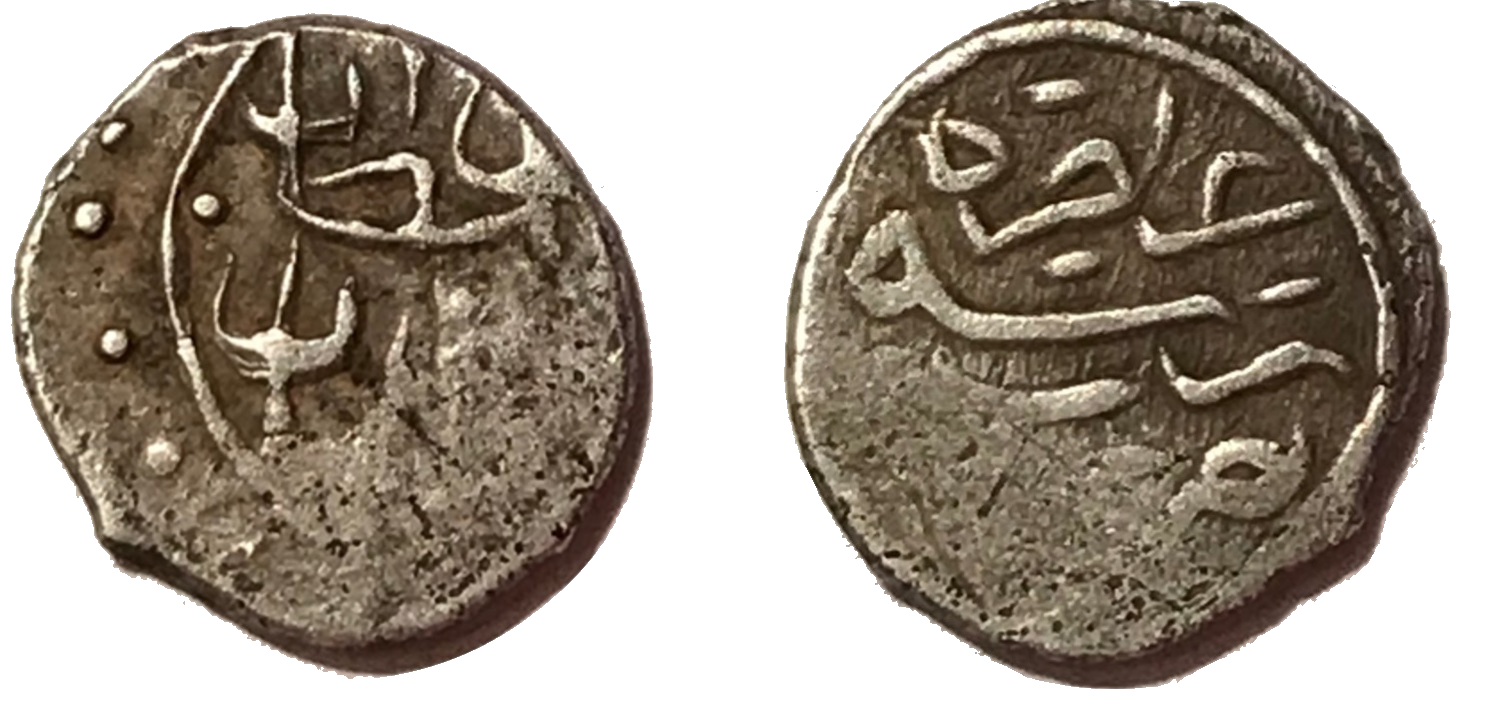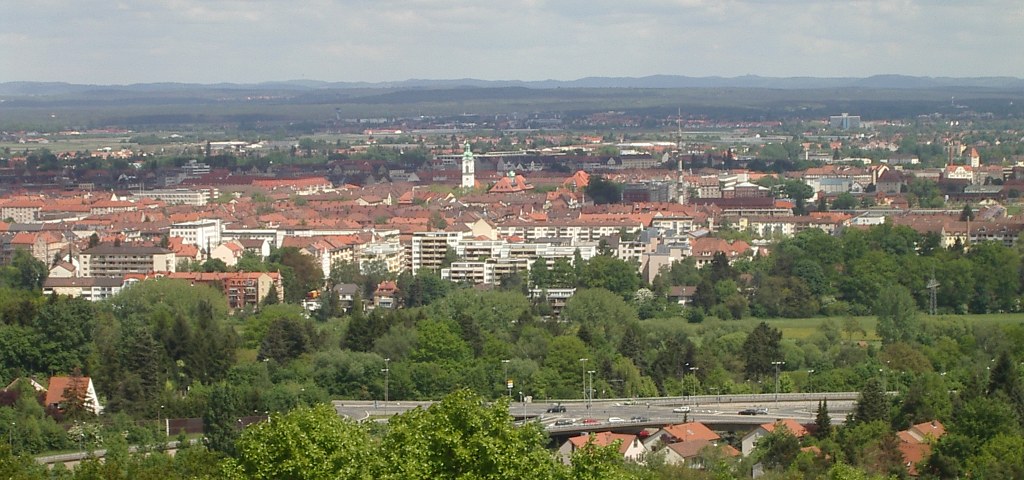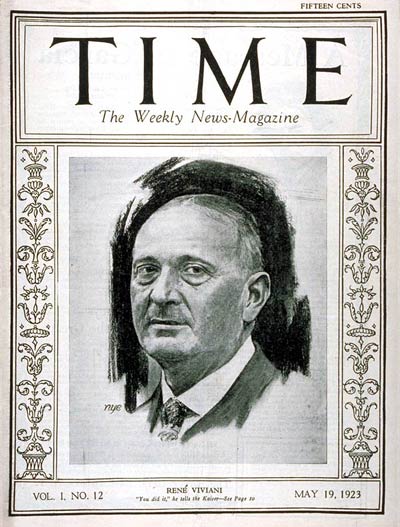|
Bourganeuf
Bourganeuf (; Limousin: ''Borgon Nuòu'') is a commune in the Creuse department in the Nouvelle-Aquitaine region in central France. Geography An area of farming and forestry, comprising the village and several hamlets situated in the valley of the Taurion river, some south of Guéret, at the junction of the D8, D912, D940 and the D941. History The year 1103 saw the village become home to the Knights of St John, who built a castle here. Prince Cem Sultan, pretender to the throne of the Ottoman Empire, was kept prisoner here in the fifteenth century. In 1886, the commune was the third place in all of France to be supplied with power using hydroelectricity. Thanks to French engineer, Marcel Deprez, the waterfalls of the river were harnessed to light up the streets, mairie, shops and cafes. Population Sights * The church of St.Pierre, dating from the twelfth century. * The church of St.Jean, dating from the fifteenth century. * The remains of a 12th-century castle. * Four cha ... [...More Info...] [...Related Items...] OR: [Wikipedia] [Google] [Baidu] |
Creuse
Creuse (; oc, Cruesa or ) is a department in central France named after the river Creuse. After Lozère, it is the second least populated department in France. It is bordered by Indre and Cher to the north, Allier and Puy-de-Dôme to the east, Corrèze to the south, and Haute-Vienne to the west. Guéret, the Prefecture of Creuse has a population approximately 12,000, making it the largest settlement in the department. The next biggest town is La Souterraine and then Aubusson. The department is situated in the former Province of La Marche. Creuse is one of the most rural and sparsely populated departments in France, with a population density of 21/km2 (56/sq mi), and a 2019 population of 116,617 - the second-smallest of any Departments in France.Populations légales 2019: 23 Creuse INSEE ... [...More Info...] [...Related Items...] OR: [Wikipedia] [Google] [Baidu] |
Thierry Ardisson
Thierry Ardisson (; born 6 January 1949, Bourganeuf, Creuse), is a French television producer and host and a movie producer. Many of his shows have some of the longest run times on French television, such as ''Paris Dernière'', ''Tout le monde en parle'', and ''On a tout essayé.'' He is the author of several books, including best-sellers (Louis XX – Contre-enquête sur la Monarchie and Confessions d’un Babyboomer). In 2013, he released and produced the French movie ''Max''. Biography Ardisson's parents were originally from Nice, in southern France. His father, a construction worker, and mother settled for a short while in Bourganeuf (Creuse) where Ardisson was born. Early career in advertising and journalism In 1969, Ardisson moved to Paris to start a career in advertising. He was first hired at BBDO, then at TBWA, and later at Ted Bates, before founding his own agency, Business, in 1978 with Éric Bousquet and Henri Baché. While working at Business, Ardisson in ... [...More Info...] [...Related Items...] OR: [Wikipedia] [Google] [Baidu] |
Cem Sultan
Cem Sultan (also spelled Djem or Jem) or Sultan Cem or Şehzade Cem (December 22, 1459 – February 25, 1495, ; ota, جم سلطان, Cem sulṭān; tr, Cem Sultan; french: Zizim), was a claimant to the Ottoman throne in the 15th century. Cem was the third son of Sultan Mehmed II and younger half-brother of Sultan Bayezid II, and thus a half-uncle of Sultan Selim I of Ottoman Empire. After being defeated by Bayezid, Cem went in exile in Egypt and Europe, under the protection of the Mamluks, the Knights Hospitaller of St. John on the island of Rhodes, and ultimately the Pope. Early life Cem was born on December 22, 1459, in Edirne. His mother was Çiçek Hatun. In accordance with the custom for an Şehzade (prince) Cem was appointed to a provincial governorship of Kastamonu in 1469. In December 1474, Cem replaced his deceased brother Mustafa as governor of Karaman in Konya. Succession dispute At the death of Mehmed the Conqueror, on May 3, 1481, Bayezid was the governo ... [...More Info...] [...Related Items...] OR: [Wikipedia] [Google] [Baidu] |
Communauté De Communes Creuse Sud Ouest
The Communauté de communes Creuse Sud Ouest is a ''communauté de communes'', an intercommunal structure, in the Creuse department, in the Nouvelle-Aquitaine region, central France. It was created in January 2017 by the merger of the former communautés de communes CIATE du Pays Creuse-Thaurion-Gartempe and Bourganeuf et Royère-de-Vassivière. 2 November 2016, p 28 Its area is 908.6 km2, and its population was 13,563 in 2018.Comparateur de territoire INSEE, accessed 7 April 2022. Its seat is in [...More Info...] [...Related Items...] OR: [Wikipedia] [Google] [Baidu] |
Michel Riffaterre
Michel Riffaterre (; 20 November 1924 in Bourganeuf, Creuse – 27 May 2006 in New York), known as Michael Riffaterre, was an influential French literary critic and theorist. He pursued a generally structuralist approach. He is well known in particular for his book ''Semiotics of Poetry'', and his conceptions of hypogram and syllepsis. Kvas observes three phases in Riffaterre's work: stylistic, semiotic, and the intertextual phase. The most important is his intertextual phase in which he develops his understanding of intertextuality. For Riffaterre, "intertextuality is not a felicitous surplus, the privilege of a good memory or a classical education. The term indeed refers to an operation of the reader's mind, but it is an obligatory one, necessary to any textual decoding. Intertextuality necessarily complements our experience of textuality. It is the perception that our reading of the text cannot be complete or satisfactory without going through the intertext, that the t ... [...More Info...] [...Related Items...] OR: [Wikipedia] [Google] [Baidu] |
Communes Of The Creuse Department
The following is a list of the 256 communes of the Creuse department of France. The communes cooperate in the following intercommunalities (as of 2020):BANATIC Périmètre des EPCI à fiscalité propre. Accessed 3 July 2020. * * * |
Zirndorf
Zirndorf () is a town, which is part of the district of Fürth. It is located in northern Bavaria, Germany in the Regierungsbezirk of Middle Franconia. Neighbouring municipalities The following towns and municipalities share borders with Zirndorf; they are listed in clockwise order, starting in the north: * Fürth * Oberasbach * Stein * Roßtal * Ammerndorf * Cadolzburg History The first mention of the town occurs in a document dated 9 September 1297. The town was virtually destroyed during the Thirty Years' War, though the brewing industry established in the late seventeenth century helped in its recovery. In the mid-nineteenth century, the toy industry contributed to the town’s industrial development, and remains important today. Pinder Barracks In 1935 the city of Zirndorf applied to the German Reich Administration to have a caserne built here. The application was approved, with the condition of Reichsmarschall Hermann Göring, that construction must be in the Franco ... [...More Info...] [...Related Items...] OR: [Wikipedia] [Google] [Baidu] |
Taurion
The Taurion (; oc, Taurion), as it is known in Haute-Vienne, or Thaurion, as it is known in Creuse, is a 107.5 km long river in western France, tributary of the Vienne river. Its source is at an altitude of 785 m on the Plateau de Millevaches, on the flanks of the Puy de Groscher, near Gentioux in the commune of Gentioux-Pigerolles, in the Creuse ''département''. It passes under the bridge of Sénoueix, feeds the Lac de Lavaud-Gelade, before crossing the Rigole du diable. It flows into the Vienne on the right bank at Saint-Priest-Taurion, at 232 m elevation. Hydro-electric dams are built along the river, (La Roche Talamy, l'Étroit, Saint-Marc, Chauvan). The Taurion flows through the following ''départements'' and towns: *Creuse: Gentioux-Pigerolles, Saint-Hilaire-le-Château, Pontarion, Bourganeuf *Haute-Vienne: Saint-Priest-Taurion Saint-Priest-Taurion (; oc, Sent Prech) is a commune in the Haute-Vienne department in the Nouvelle-Aquitaine region in west-central ... [...More Info...] [...Related Items...] OR: [Wikipedia] [Google] [Baidu] |
Communes Of France
The () is a level of administrative division in the French Republic. French are analogous to civil townships and incorporated municipalities in the United States and Canada, ' in Germany, ' in Italy, or ' in Spain. The United Kingdom's equivalent are civil parishes, although some areas, particularly urban areas, are unparished. are based on historical geographic communities or villages and are vested with significant powers to manage the populations and land of the geographic area covered. The are the fourth-level administrative divisions of France. vary widely in size and area, from large sprawling cities with millions of inhabitants like Paris, to small hamlets with only a handful of inhabitants. typically are based on pre-existing villages and facilitate local governance. All have names, but not all named geographic areas or groups of people residing together are ( or ), the difference residing in the lack of administrative powers. Except for the municipal arrondi ... [...More Info...] [...Related Items...] OR: [Wikipedia] [Google] [Baidu] |
Cascades Des Jarrauds St Martin Château
Cascades or The Cascades may refer to: * Cascades, a series of waterfalls Places North America * Cascades (ecoregion), which includes much of the mountain range * Cascades (conservation area), a wildland in western Virginia * Cascades, Virginia, a census-designated place * Cascades Park (Tallahassee), a park in Florida * Cascade Range or Cascades, a mountain range in the Pacific Northwest of North America ** Cascades Rapids or "Cascade Falls", an area of rapids in the Columbia River in Oregon * Cascade Volcanoes, a geological grouping of volcanoes, including those in the Cascade Range and some in the Coast Mountains * Fort Cascades, a US Army fort in what is now Washington state (1855-1861) * "The Cascades", a series of ten waterfalls on Monkman Creek in the Northern Rockies of British Columbia, Canada, including Monkman Falls Elsewhere * Cascades, Hong Kong (), a housing estate * Cascades, Tasmania, Australia, a suburb of Hobart * Cascades Region, a region in Burkina Faso * Yere ... [...More Info...] [...Related Items...] OR: [Wikipedia] [Google] [Baidu] |
Germany
Germany,, officially the Federal Republic of Germany, is a country in Central Europe. It is the second most populous country in Europe after Russia, and the most populous member state of the European Union. Germany is situated between the Baltic and North seas to the north, and the Alps to the south; it covers an area of , with a population of almost 84 million within its 16 constituent states. Germany borders Denmark to the north, Poland and the Czech Republic to the east, Austria and Switzerland to the south, and France, Luxembourg, Belgium, and the Netherlands to the west. The nation's capital and most populous city is Berlin and its financial centre is Frankfurt; the largest urban area is the Ruhr. Various Germanic tribes have inhabited the northern parts of modern Germany since classical antiquity. A region named Germania was documented before AD 100. In 962, the Kingdom of Germany formed the bulk of the Holy Roman Empire. During the 16th ce ... [...More Info...] [...Related Items...] OR: [Wikipedia] [Google] [Baidu] |
René Viviani
Jean Raphaël Adrien René Viviani (; 8 November 18637 September 1925) was a French politician of the Third Republic, who served as Prime Minister for the first year of World War I. He was born in Sidi Bel Abbès, in French Algeria. In France he sought to protect the rights of socialists and trade union workers. Biography René Viviani was born in Algeria in a family of Italian immigrants. His parliamentary career began in 1893, when he was elected deputy of the fifth ward in Paris. He retained this office until 1902, when he failed to be reelected, but four years later he was elected deputy of the Department of Creuse. In the same year he entered the cabinet of Georges Clemenceau. At an early age he associated himself with the Socialist party, soon becoming one of its most brilliant orators and prominent leaders. When the party was reorganized in 1904 into the Unified Socialist party, Viviani, like fellow Socialist Aristide Briand, stayed outside, and thenceforth called ... [...More Info...] [...Related Items...] OR: [Wikipedia] [Google] [Baidu] |




